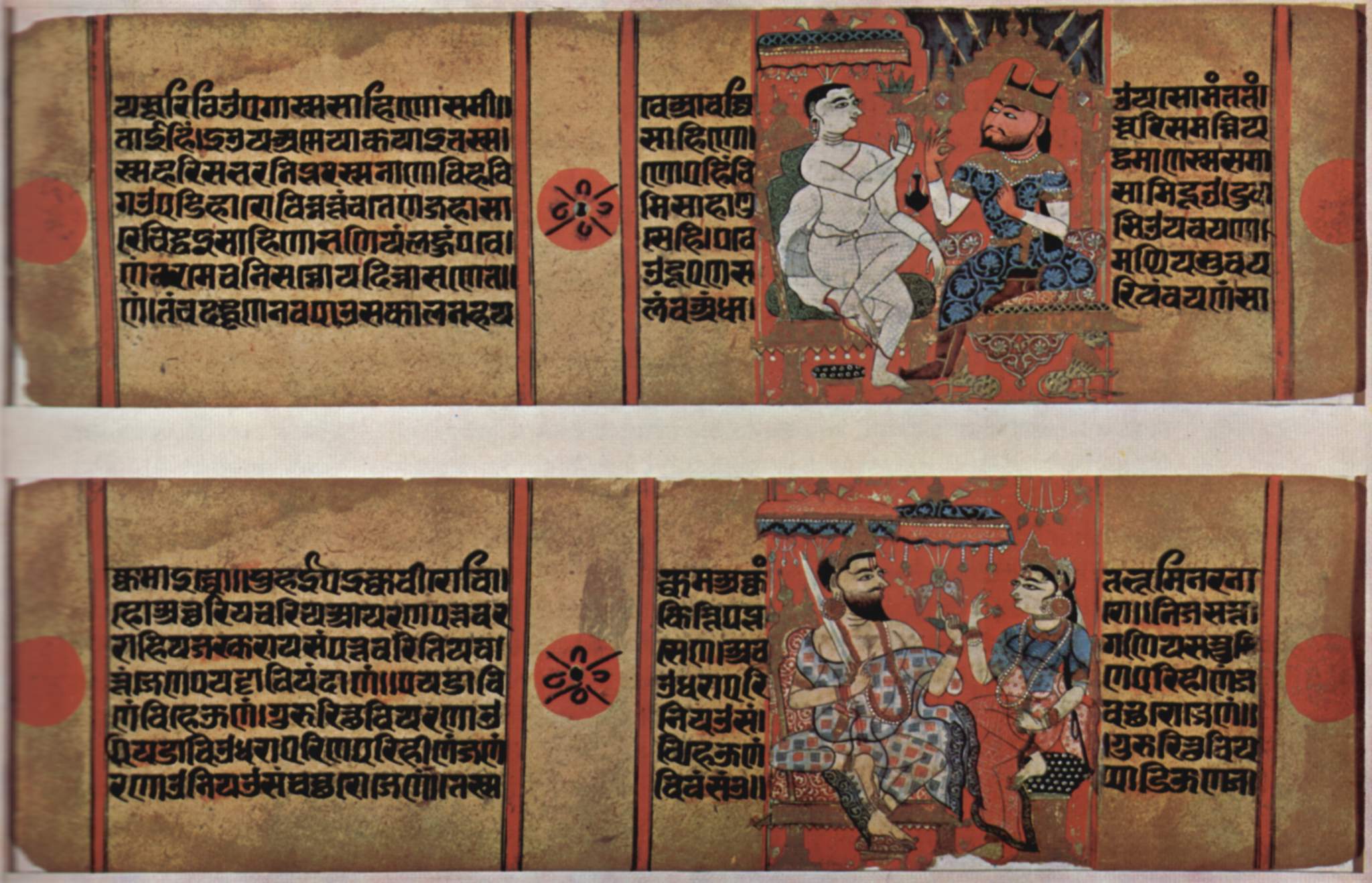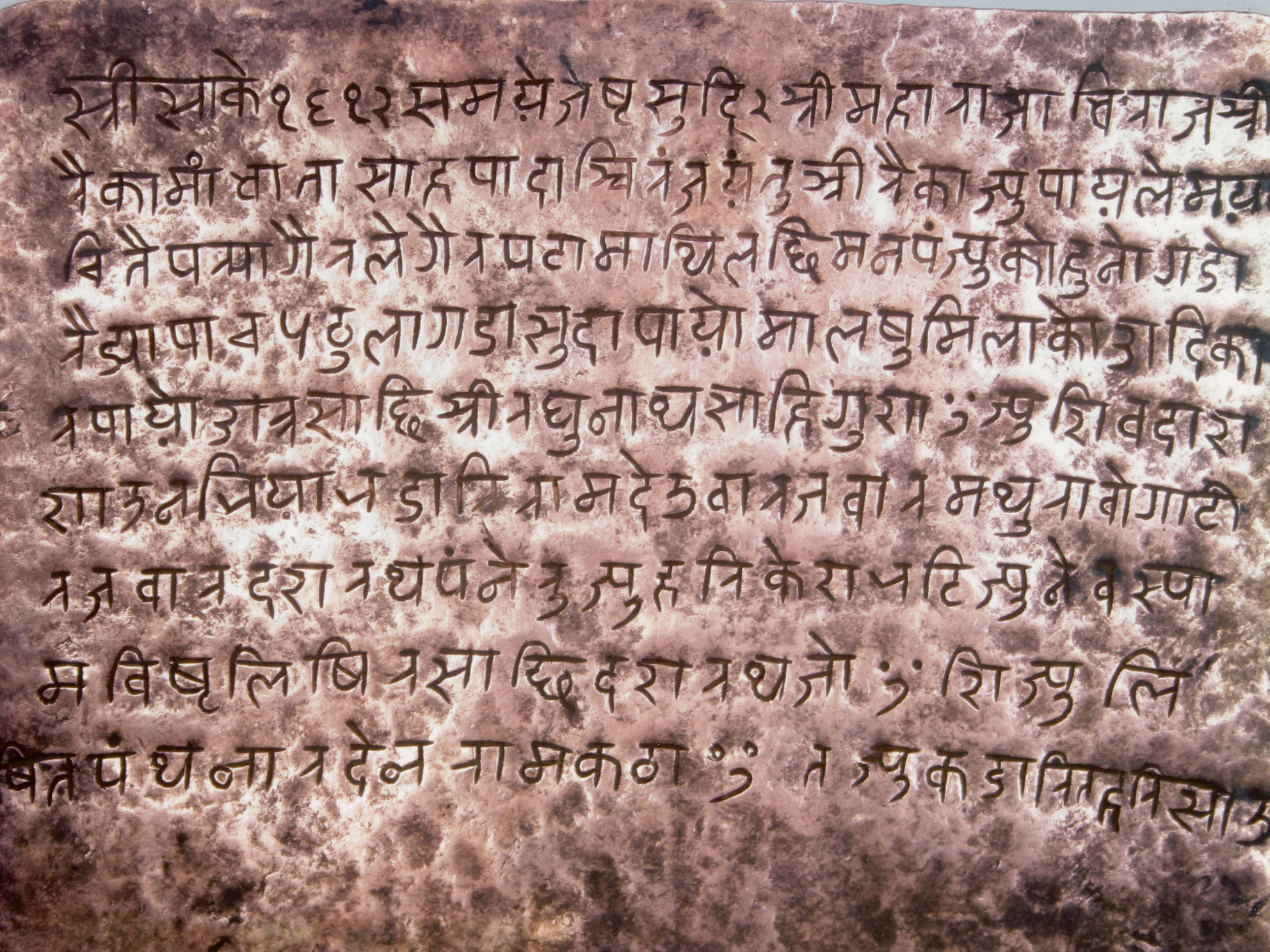|
Krishna Chandra Singh Pradhan
Krishna Chandra Singh Pradhan ( ne, कृष्णचन्द्रसिंह प्रधान; 1925–2010) was a famous litterateur and critic of Nepal. He received the prestigious Madan Puraskar for ''Kavi Vyathit ra Kavya Sadhana'', a literary criticism on Kedar Man Vyathit in 1958. Early life He was born on 26 July 1925 (11 Shrawan 1982 BS) to father Surya Prasad Singh Pradhan and mother Maya Devi in Nhuchhen Galli Kathmandu. Notable works Essay collections * ''Salik'' * ''Anaam Satya'' * ''Bagmati ko Haraf'' * ''Samya Tsunami'' Poetry collection * ''Bhanjyang Neri'' Literary criticism * ''Kavi Vyathit ra Kavya Sadhana'' * ''Nepali Upanyas ra Upanyaskar'' * ''Srijanako Serophero'' * ''Kriti ko Awalokan'' Memoir * ''Napharkine Ti Dinharu'' * ''Jindagi ka Tippaniharu'' Awards Pradhan's literary career has been recognized with prestigious awards like Madan Puraskar, Sajha Puraskar, which he won two times, and Uttam Puraskar Uttam may refer to: Military * ... [...More Info...] [...Related Items...] OR: [Wikipedia] [Google] [Baidu] |
Kathmandu
, pushpin_map = Nepal Bagmati Province#Nepal#Asia , coordinates = , subdivision_type = Country , subdivision_name = , subdivision_type1 = Provinces of Nepal, Province , subdivision_name1 = Bagmati Province , subdivision_type2 = List of districts of Nepal, District , subdivision_name2 = Kathmandu District, Kathmandu , established_title = , founder = Manjushri , parts_type = No. of Ward (electoral subdivision), Wards , parts = 32 , seat_type = , seat = , government_footnotes = , government_type = Mayor–council government , governing_body = Kathmandu Metropolitan Government, , leader_title = Mayor of Kathmandu, Mayor , leader_name = Balendra Shah (Independent politician, Ind.) , leader_title1 = Deputy mayor , leader_name1 = Su ... [...More Info...] [...Related Items...] OR: [Wikipedia] [Google] [Baidu] |
Madan Puraskar
The Madan Puraskar ( ne, मदन पुरस्कार) is a literary honor in Nepal which Madan Puraskar Guthi confers annually for an outstanding book in the Nepali language published within the calendar year. It is considered the most prestigious literature award in Nepal. It is awarded on the day of Ghatasthapana every year alongside Jagadamba Shree Puraskar. History The award was established by daughter in law of Prime Minister Chandra Shumsher JBR, Queen Jagadamba Kumari Devi, in memory of her husband late General Madan Shumsher JBR, on 26 September 1955. Since then it has been presented every year, except in 1974 and 1976. At the time of its establishment, the award prize was रु 4,000. On the Golden–Jubilee year 2005, the award prize was increased to रु 400,000. List of Winners and Short list by year 2015 – 2021 2000 – 2014 Before 2014 (2071 BS), shortlist was not published. 1986– 1999 1971 – 1985 1956 – 1970 Tri ... [...More Info...] [...Related Items...] OR: [Wikipedia] [Google] [Baidu] |
Sajha Puraskar
Sajha Puraskar () is a literary award given by Sajha Publications. It is presented annually to the best book published by Sajha Publication. History It was established in 1967 and the first award was given to Bhupi Sherchan for his book ''Ghumne Mechmathi Andho Manche'' in 1969. Banira Giri is the first woman to receive the Sajha Puraskar. In 2013, the prize money was 49,000 Nepalese rupees (NPR). Recipients See also * Madan Puraskar The Madan Puraskar ( ne, मदन पुरस्कार) is a literary honor in Nepal which Madan Puraskar Guthi confers annually for an outstanding book in the Nepali language published within the calendar year. It is considered the most pre ... * Padmashree Sahitya Puraskar * Jagadamba Shree Puraskar References Notes * {{Nepali literature, state=collapsed Nepalese literary awards 1967 establishments in Nepal Awards established in 1967 ... [...More Info...] [...Related Items...] OR: [Wikipedia] [Google] [Baidu] |
Nepal
Nepal (; ne, नेपाल ), formerly the Federal Democratic Republic of Nepal ( ne, सङ्घीय लोकतान्त्रिक गणतन्त्र नेपाल ), is a landlocked country in South Asia. It is mainly situated in the Himalayas, but also includes parts of the Indo-Gangetic Plain, bordering the Tibet Autonomous Region of China to the north, and India in the south, east, and west, while it is narrowly separated from Bangladesh by the Siliguri Corridor, and from Bhutan by the Indian state of Sikkim. Nepal has a diverse geography, including fertile plains, subalpine forested hills, and eight of the world's ten tallest mountains, including Mount Everest, the highest point on Earth. Nepal is a multi-ethnic, multi-lingual, multi-religious and multi-cultural state, with Nepali as the official language. Kathmandu is the nation's capital and the largest city. The name "Nepal" is first recorded in texts from the Vedic period of the ... [...More Info...] [...Related Items...] OR: [Wikipedia] [Google] [Baidu] |
Kedar Man Vyathit
Kedar Man Vyathit ( ne, केदारमान व्यथित; 1914–1998) was a Nepali poet of Nepali, Newar and Hindi languages. Educated up to the third grade, he started out as an employee of a timber godown, but later co-founded ''Nepali Citizens Rights Forum'' with Sukraraj Shastri. Sentenced to 18 years for treason by the Rana regime in 1997 BS (1942 CE), he was tutored in poetry by Siddhicharan Shrestha in prison. After the fall of the Ranas, he grew close to the monarchy, becoming a member of King Tribhuvan's Adviser Assembly, and, later, cabinet minister during both King Mahendra and King Birendra's reign. He was confined to bed for a number of his final years, having injured himself in a fall. He published at least 23 volumes of poetry— sixteen in Nepali, and four each in Newari and Hindi. His poems are usually written in metrical verse and are very brief, rarely exceeding a page in length. His early poems are melancholic, pessimistic or revolutionary, in kee ... [...More Info...] [...Related Items...] OR: [Wikipedia] [Google] [Baidu] |
Vikram Samvat
Vikram Samvat ( IAST: ''Vikrama Samvat''; abbreviated VS) or Bikram Sambat B.S. and also known as the Vikrami calendar, is a Hindu calendar historically used in the Indian subcontinent. Vikram Samvat is generally 57 years ahead of Gregorian Calendar, except during January to April, when it is ahead by 56 years. Alongside Nepal Sambat, it is one of the two official calendars used in Nepal. In India, it is used in several states. The traditional Vikram Samvat calendar, as used in India, uses lunar months and solar sidereal years. The Nepali Bikram Sambat introduced in 1901 CE, also uses a solar sidereal year. History A number of ancient and medieval inscriptions used the Vikram Samvat. Although it was reportedly named after the legendary king Vikramaditya, the term "Vikrama Samvat" does not appear in the historical record before the 9th century; the same calendar system is found with other names, such as Krita and Malava. In colonial scholarship, the era was believed to be ... [...More Info...] [...Related Items...] OR: [Wikipedia] [Google] [Baidu] |
Uttam Puraskar
Uttam may refer to: Military * Uttam AESA Radar an aircraft Fire-control radar designed by Electronics and Radar Development Establishment of Defence Research and Development Organisation, Ministry of Defence, India People Uttam is an Indian given name. People with this name include: * Uttam Bandu Tupe * Uttam Gada * Uttam Ghoshal * Uttam Kamble * Uttam Khobragade * Uttam Kumar * Uttam Kumar (artist) *Uttam Kunwar * Uttam Leishangthem Singh * Uttam Mohanty * Uttam Nakate * Uttam Neupane * Uttam Rai * Uttam Sarkar * Uttam Singh * Uttama Chola * Uttambhai Nathalal Mehta * Uttambhai Patel * Uttamchand Khimchand Sheth * Uttamrao Dhikale * Uttamrao Patil * Uttamsingh Pawar {{given name Uttam can also refer to a village in Gujrat District, Punjab (Pakistan) Punjab (; , ) is one of the four provinces of Pakistan. Located in central-eastern region of the country, Punjab is the second-largest province of Pakistan by land area and the largest province by population. It sha ... [...More Info...] [...Related Items...] OR: [Wikipedia] [Google] [Baidu] |
Nepali-language Writers
Nepali (; , ) is an Indo-Aryan language native to the Himalayas region of South Asia. It is the official, and most widely spoken, language of Nepal, where it also serves as a '' lingua franca''. Nepali has official status in the Indian state of Sikkim and in the Gorkhaland Territorial Administration of West Bengal. It is spoken by about a quarter of Bhutan's population. Nepali also has a significant number of speakers in the states of Arunachal Pradesh, Assam, Himachal Pradesh, Manipur, Meghalaya, Mizoram and Uttarakhand. In Myanmar it is spoken by the Burmese Gurkhas. The Nepali diaspora in the Middle East, Brunei, Australia and worldwide also use the language. Nepali is spoken by approximately 16 million native speakers and another 9 million as a second language. Nepali is commonly classified within the Eastern Pahari group of the Northern zone of Indo-Aryan. The language originated from the Sinja Valley, Karnali Province then the capital city of the Khasa Kingd ... [...More Info...] [...Related Items...] OR: [Wikipedia] [Google] [Baidu] |
2010 Deaths
This is a list of deaths of notable people, organised by year. New deaths articles are added to their respective month (e.g., Deaths in ) and then linked here. 2022 2021 2020 2019 2018 2017 2016 2015 2014 2013 2012 2011 2010 2009 2008 2007 2006 2005 2004 2003 2002 2001 2000 1999 1998 1997 1996 1995 1994 1993 1992 1991 1990 1989 1988 1987 See also * Lists of deaths by day * Deaths by year {{DEFAULTSORT:deaths by year ... [...More Info...] [...Related Items...] OR: [Wikipedia] [Google] [Baidu] |
People From Kathmandu
A person ( : people) is a being that has certain capacities or attributes such as reason, morality, consciousness or self-consciousness, and being a part of a culturally established form of social relations such as kinship, ownership of property, or legal responsibility. The defining features of personhood and, consequently, what makes a person count as a person, differ widely among cultures and contexts. In addition to the question of personhood, of what makes a being count as a person to begin with, there are further questions about personal identity and self: both about what makes any particular person that particular person instead of another, and about what makes a person at one time the same person as they were or will be at another time despite any intervening changes. The plural form "people" is often used to refer to an entire nation or ethnic group (as in "a people"), and this was the original meaning of the word; it subsequently acquired its use as a plural form of ... [...More Info...] [...Related Items...] OR: [Wikipedia] [Google] [Baidu] |




_1938.jpg)